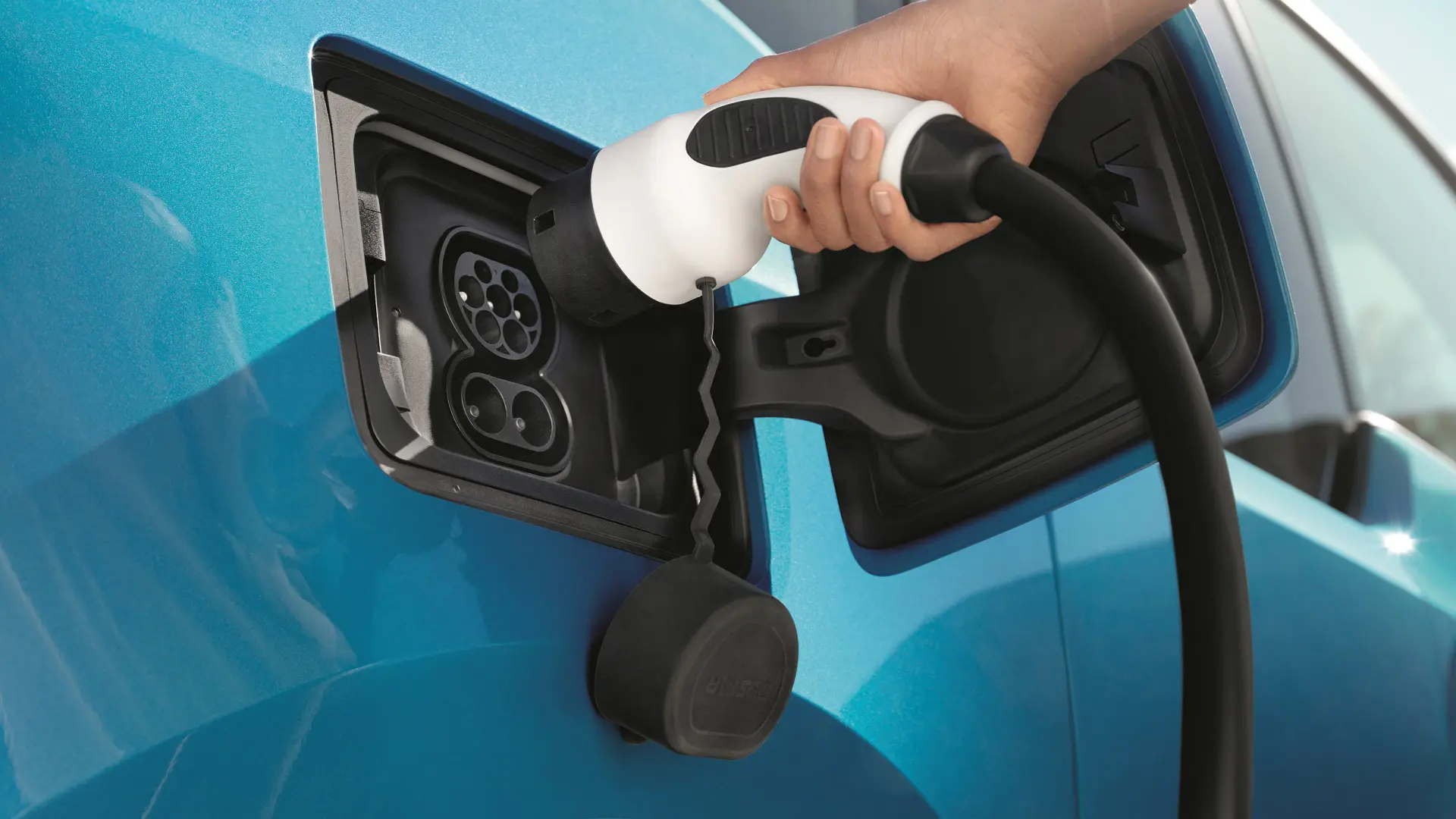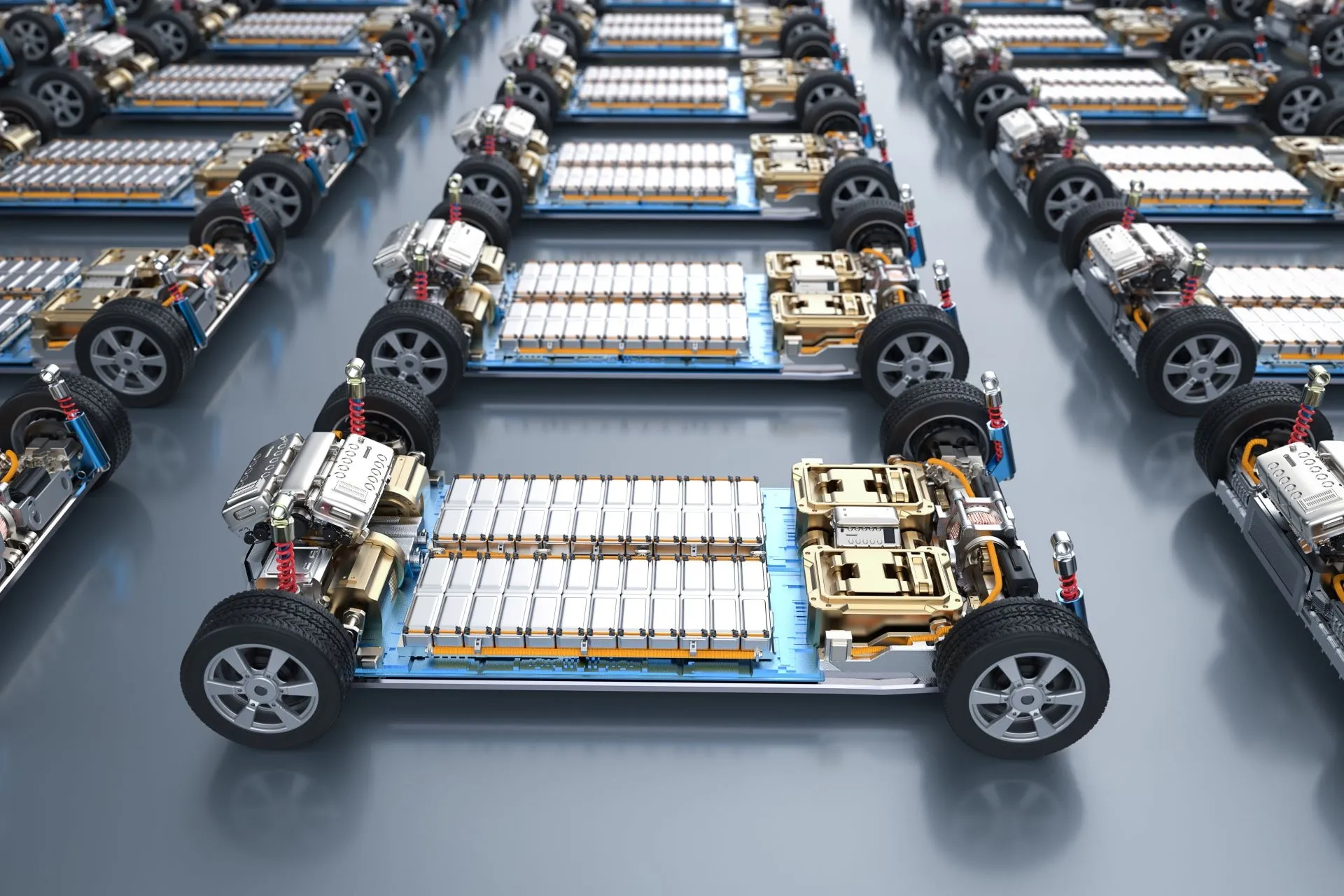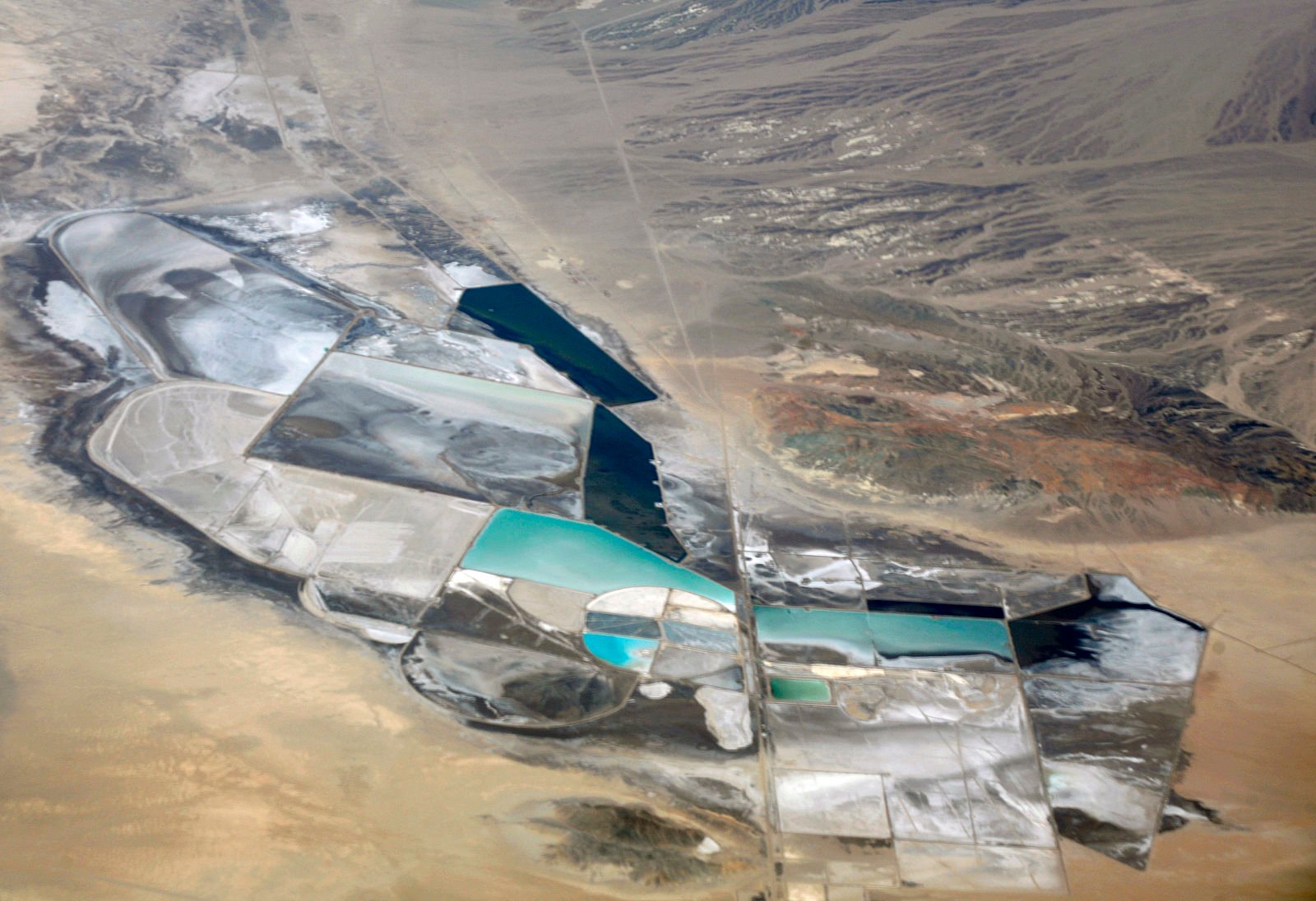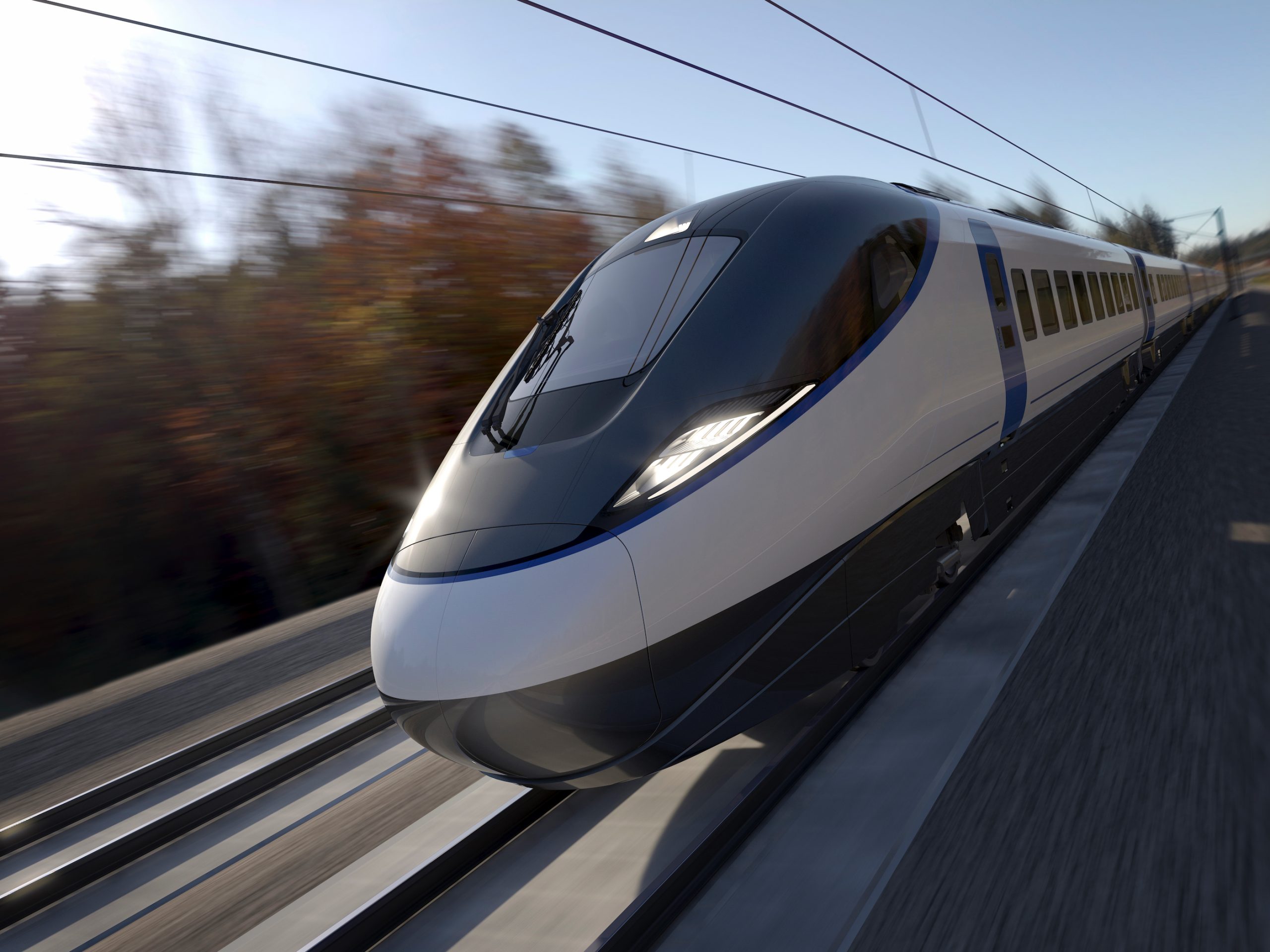Electric Vehicles have been of interest since the 1960s as combustion fuel prices have soared, and even more so recently as a means to aiding the climate crisis occurring across the globe. Electric vehicles come in numerous contexts, with cars most often being battery powered, and electric locomotive trains operating off overhead power rails. Electric vehicles typically produce zero exhaust emissions, meaning they are highly beneficial in the pursuit of reducing greenhouse gas emissions. However, their relationship with the environment is often more complex.

Source, Carmagazine [1]

Source, thecooldown [3]
Electric Vehicles – Saviour or Scourge?
Electric vehicles have been shown to have significantly reduced life cycle emissions relative to combustion engines, mainly as a consequence of eliminating tailpipe emissions. The environmental benefit of this is massive, though to conclude that electric vehicles are a clear cut solution lacks the context of other environmental impacts of Electric vehicles.
The electricity used to power electric vehicles in many contexts may have been generated by fossil fuels, thereby neutralising its environmental benefits. As well as this, battery production of electric vehicles is extremely carbon intensive, with lithium ion batteries estimated to require between 2400 and 16000 kg of carbon dioxide – equivalent to up to 40,000 miles of driving [2].
Battery Minerals – Ecological Killers?
Beyond the issues presented by the carbon intensity of EV manufacture, there also exists a huge problem in the human toxicity of battery minerals. Lithium, which is the primary mineral used presents a huge toxicity risk, with China’s Yichun city having to close its manufacturing plant after its main residential water source was shown to be extremely contaminated [4].
Furthermore, the production of lithium is also extremely water intensive. The San Cristobal lithium mine in Bolivia has been described as “an environmental and social disaster” due to its consumption of 50,000 litres of water each day [5].

Source, IER [6]

Source, RelevantMagazine [7]
Cobalt Mining – An Ethical Nightmare
Beyond the concerning ecological impact of electric vehicle battery manufacture, there is also a worrying ethical concern regarding its manufacture. The nation producing the largest amount of cobalt on earth is the Democratic Republic of the Congo, with 25% of their production from artisanal miners [8]. Many reports of modern slavery and abuse are connected to cobalt mines in the DRC, information on which you can find out more through our page on Mining:
Green Future of Railways
While cars remain the most talked about in the realm of electrification of vehicles, many other forms of transport are undergoing electrification. Railways have used electric power since the early 19th century, using overhead cables or pickup rails to supply power along a line. In the UK, 38% of railways are electrified [9], with this figure set to increase following the Autumn 2024 budget where it was announced services in the north of England would be full electrified [10]. In 2018, plans were put in place to rule out diesel trains entirely by 2040 [11], a target that today seems far less likely.
Most new recent rail developments in the UK have been electric, notably HS2 which promised zero-carbon energy according to its website [12], with ambitions for all operations to be net-zero by 2035. However, the project’s claims of carbon neutrality have been scrutinised, with 5.8-6.2 million tonnes of carbon dioxide equivalent emissions estimated to be released by construction of Phase 1, and only 3 million tonnes saved by decarbonisation of the rail and other factors [13].

Source, HS2 [14]
Get in Touch with Us!
We’d love to hear from you. Whether you have feedback, suggestions, or want to share insights related to sustainability and environmental truth, your voice matters. At Earth Athenaeum, we believe in open dialogue and collaboration to uncover and explore the realities behind green initiatives and corporate claims.
If you have questions, ideas, or simply want to connect, feel free to reach out — we’re here to engage, listen, and learn together.
